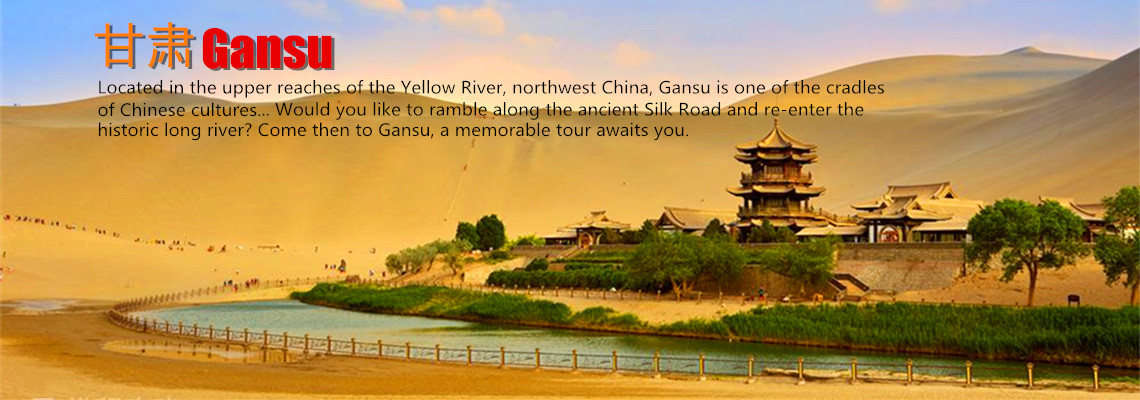
Wuwei City
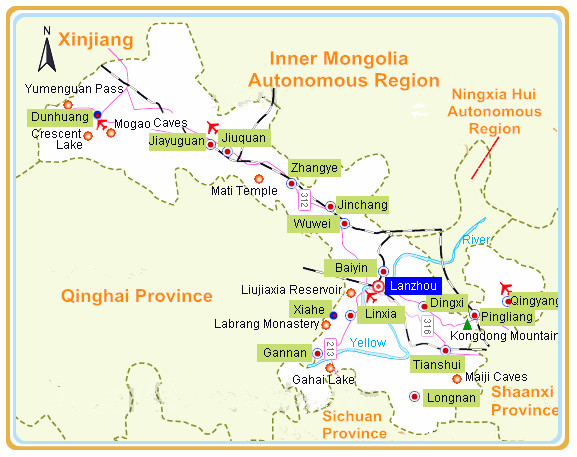 Wuwei City, in ancient times called Liangzhou, is the eastern terminus of the Hexi Corridor. It was a key link for the Silk Road. In 121 B.C. Emperor Wudi of the Han Dynasty sent his Great General Huo Qubin here to defend the Hexi Corridor against the Hun invaders. To celebrate the winning of war, Wudi gave the name Wuwei to this area in honor of the Great General’s military prowess. It is the famous historical and cultural city, opening to foreign countries, known as “The City of China Tourism Symbol"; “The Hometown of Chinese Wine"; “The Historical Testimony of the Ownership of Tibet" and “The Unique Land for Raising White Yak "
Wuwei City, in ancient times called Liangzhou, is the eastern terminus of the Hexi Corridor. It was a key link for the Silk Road. In 121 B.C. Emperor Wudi of the Han Dynasty sent his Great General Huo Qubin here to defend the Hexi Corridor against the Hun invaders. To celebrate the winning of war, Wudi gave the name Wuwei to this area in honor of the Great General’s military prowess. It is the famous historical and cultural city, opening to foreign countries, known as “The City of China Tourism Symbol"; “The Hometown of Chinese Wine"; “The Historical Testimony of the Ownership of Tibet" and “The Unique Land for Raising White Yak "
Geogaraphy of Wuwei
As Wuwei lies in the converging region where the Loess, Qinghai-Tibet and the Inner Mongolia-Xinjiang Plateau meet, the terrain tilts from south to north and leans from southwest to northeast, with elevations ranging from 1,020 to 4,874 meters. There are three geomorphic sections as Qilian Mountains in south, the corridor plain in central part and desert in north. Because of its typical continental climate, the annual average temperature is 7.8 °C with rainfall between 60 to 610 mm, evaporation capacity between 1400 to 3010 mm. The sunshine duration lasts between 2200 to 3030 hours, frost-free days between 85 to 165 days. The solar radiation ranges from 127 to 138 kilocalories per square centimeter.
History of Wuwei
Wuwei has a very long history since there were people living here 5,000 years ago. Emperor Wu of Han Dynasty (206BC - 220AD) sent General Huo Qubing (140 - 117BC) to attack the Hexi Corridor in 121BC After successfully defeating the Huns and seizing the territory by Qilian Mountain, Emperor Wu named Wuwei as a city's name in order to cite the heroic exploits and great contribution of General Huo. During the period of Three Kingdoms, Wu Kingdom set its government here, later, the Former Liang (317 - 376 AD), the Later Liang (386 - 403 AD), the Southern Liang (397 - 414 AD) and the Northern Liang (401 - 439 AD) and some other dynasties all had their capitals here, therefore, the town of Wuwei got another name 'Liangzhou'
Tourism in Wuwei
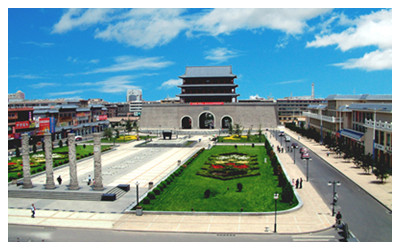 In Wuwei, there are two national-level nature reserves, four national 4As national parks and three provincial nature reserves. “Galloping Bronze Horse Treading on Flying Swallow", also named “Galloping Bronze Horse", is the bronze sculpture in Han Dynasty. It was unearthed from Leitai Tomb in Wuwei in 1969. Leitai Tomb was a joint burial of Mr. and Mrs. Zhang. The military officer Zhang, stationed in Zhangye in the Eastern Han Dynasty, was buried with his wife. Unearthed from this tomb, the bronze horse is treasured in the Provincial Museum of Gansu. It is 34.5cm tall, 45cm long and 13cm wide. In 1985, China National Tourism Administration took it as the symbol for China Tourism
In Wuwei, there are two national-level nature reserves, four national 4As national parks and three provincial nature reserves. “Galloping Bronze Horse Treading on Flying Swallow", also named “Galloping Bronze Horse", is the bronze sculpture in Han Dynasty. It was unearthed from Leitai Tomb in Wuwei in 1969. Leitai Tomb was a joint burial of Mr. and Mrs. Zhang. The military officer Zhang, stationed in Zhangye in the Eastern Han Dynasty, was buried with his wife. Unearthed from this tomb, the bronze horse is treasured in the Provincial Museum of Gansu. It is 34.5cm tall, 45cm long and 13cm wide. In 1985, China National Tourism Administration took it as the symbol for China Tourism
With a long history and rich culture, Wuwei was the ancient capital city of five Liang states and auxiliary capital in Xixia Regime. There are many cultural relics and historic sites in Wuwei. Famous cultural relics include China Tourism symbol--Galloping Bronze Horse, and the unique treasure Xixia Stele. Tianti Mountain Grottoes have been regarded as the first ever in history, which was built in North Liang period. the Wen Shrine (Wen Temple, or Confucius Temple), known as “The Crown of the West Part of Longshan Mountain" built in 1439 of the Ming Dynasty; White Pagoda Temple witnessed the meeting of the Prince of Yuan Dynasty Kuorui and Tibetan Buddhist leader Saban. There are ancient relic Haizang Temple in the Silk Road, the Buddhist resort Kumarajiva Temple Pagoda, 1000-year-old Imperial Niangniang Site. Qijia culture ruins, Shajing cultural relics and ancient Great Wall site are even older. Wuwei has six Major Historical and Cultural Sites Protected at the National Level and 540 Historical and Cultural Sites Protected at the Provincial or City- Level.
Best Places to visit in Wuwei
There are numerous historical and cultural relics for sightseeing in Wuwei city. The most famous ones include the Confucian Temple, Leitai Tombs of Han Dynasty, Changcheng Town (Great Wall Town), Tianzhu Small Three Gorges, Shimengou Grassland Park and Tiantishan Grotto. When traveling in the city, you should not miss those worth seeing attractions.
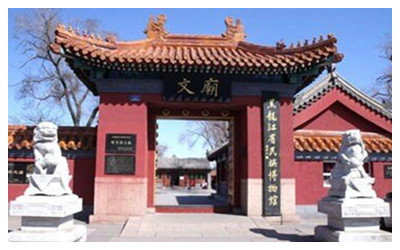 |
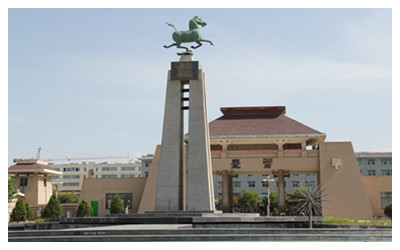 |
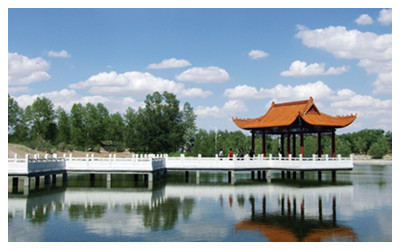 |
||
| Wuwei Confucius Temple | Leitai Tomb of Han Dynasty | Wuwei Desert Park |



 Ask Questions ?
Ask Questions ?